Understanding Pronation and Overpronation in Walking and Running
Nov 21, 2023 By Madison Evans
Walkers and runners must understand pronation and overpronation. These words are crucial to foot mechanics and musculoskeletal wellness. This study covers pronation principles, overpronation, and its effects on walking and running.Pronation is the foot's natural inward roll while walking and running. It's vital for stress absorption and weight distribution. We'll explain overpronation, a condition in which the foot rolls inward and may harm the foot and ankle. Understanding these ideas is essential to improving walking and running.
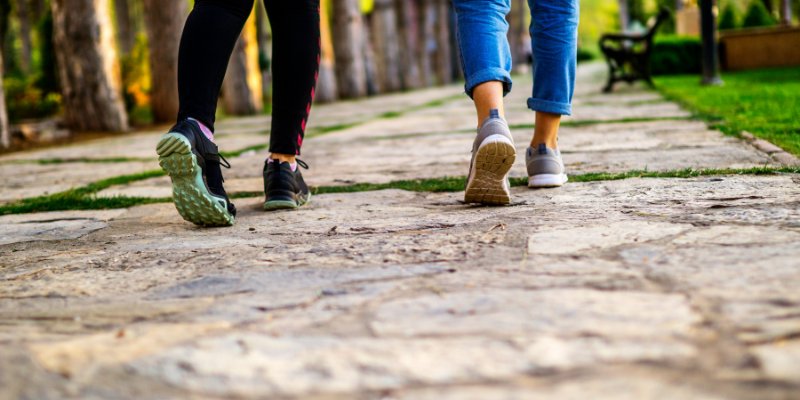
Pronation: The BasicsPronation is essential to our gait, ensuring balance and functioning when walking and running. Starting at the heel's outside edge, this natural rolling action effortlessly transitions to the forefoot. This coordinated action is crucial to the gait cycle and our biomechanics.Its capacity to spread impact forces makes pronation elegant. The foot's natural pronation absorbs impact when walking or running, reducing joint and soft tissue stress. These activities' repeated stresses may cause injuries. Thus, this mechanism is crucial. The foot effortlessly navigates various terrains thanks to pronation's seamless weight transfer from heel to forefoot.As a biomechanical miracle, normal pronation improves stability and efficiency in everyday movement. It shows the human body's unique architecture and capacity to adapt to different surfaces and activities. Proper pronation is essential to understanding the complex biomechanics supporting human movement.Overpronation and normal pronation are contrasted to reveal the possible issues when this natural action deviates from the norm. Understanding these variations helps us understand how they may impact our walking and running mechanics and how to prevent problems.
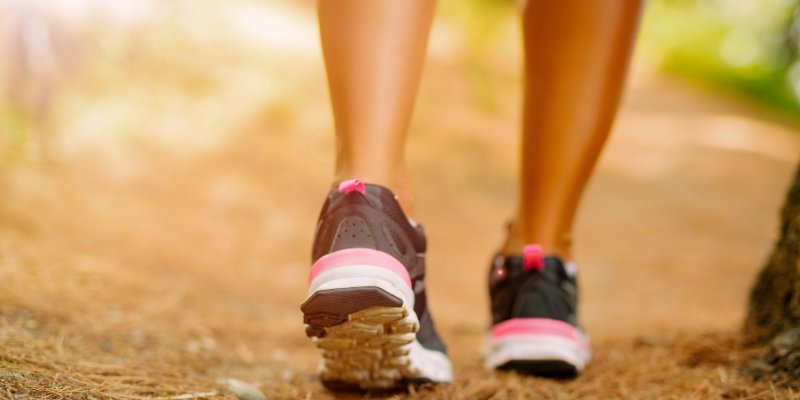
Overpronation: Unraveling the MechanicsOverpronation occurs when the foot rolls inward beyond the normal range of motion. This variation might impact foot and ankle health for leisurely walkers and devoted runners. Professionals use gait analysis to detect overpronation by meticulously observing the foot's movements when walking or running.Gait analysis can identify overpronation mechanics. Healthcare providers may identify excessive foot inward rolling throughout the gait cycle by examining foot mobility. This detailed evaluation determines the level of overpronation and informs targeted therapies to improve gait mechanics.Several inherent and extrinsic causes cause overpronation. Certain foot forms may enhance overpronation risk due to genetics. Overpronation may worsen in shoes without support or stability. Biomechanical anomalies are also caused by muscle imbalances, generally caused by weakness or stiffness in certain muscle groups.Due to changed biomechanics, flat feet, and low arches make people more prone to overpronation. The lack of a natural arch diminishes foot support, causing inward rolling when walking or running. Overpronation's causes and risk factors become more apparent as we study it, setting the groundwork for better prevention and treatment.Impact on Running:Overpronation is particularly harmful in running because of the repeating gait cycle. Overpronation affects runners' biomechanics while they run. This section will explain how overpronation impacts running biomechanics and the hazards and injuries runners with it may face.Overpronation has severe repercussions for runners—overpronation when jogging may cause shin splints, plantar fasciitis, and stress fractures. Excessive inward foot rolling may stress foot and lower leg tissues, causing these ailments. Understanding these ramifications is crucial, particularly for runners, since it affects their ability to enjoy the sport without injury.Running overpronation presents complications. Thus, this section will discuss appropriate correction procedures. Overpronating runners require special footwear. Overpronation may be reduced by wearing stable, supportive running shoes. Running shoe selection advice can help runners choose shoes that meet biomechanical demands.By addressing these issues, runners may improve their experience and reduce foot and leg health risks. This proactive strategy improves running pleasure and your long-term health as an active and healthy lifestyle enthusiast.Prevention and Correction Strategies:Proactive efforts are needed to avoid overpronation. Stability and support will be stressed in this section on footwear choices. Foot and ankle stability exercises and stretches will also be covered. Orthotic inserts will be discussed explicitly for overpronation, providing practical options for gait mechanics correction.A comprehensive foot health strategy requires these preventative and repair methods. Individuals may prevent overpronation and improve musculoskeletal health by implementing these practices into their lifestyle.Professional Guidance and Assessment:Professionals must understand pronation and overpronation. This section emphasizes consulting podiatrists and biomechanics specialists. These specialists will emphasize gait analysis as a valuable technique for examining gait mechanics. This section will discuss how customized treatments and suggestions based on this analysis may meet an individual's requirements.Understanding one's biomechanics via expert examination makes overpronation treatment more personalized and effective. This section encourages people to consult with doctors to improve their foot health.Choosing the Right Footwear:Overpronation management requires proper footwear. This section describes shoe characteristics for varied pronation tendencies. It will also propose popular overpronation-friendly shoe brands and models. Practical recommendations for fitting and choosing walking and running shoes will enable people to make foot health-friendly decisions.Walking and running biomechanics depend on footwear choice, not just appearances. Understanding the primary factors allows people to make decisions that support their gait patterns and foot health.Exercises for Strengthening and Stability:Overpronation is treated by strengthening foot and ankle stability muscles. This section will cover strength and stability workouts in detail. This part provides practical fitness methods, from foot, ankle, and lower leg strengthening exercises to flexibility stretching.Daily use of these exercises builds a firm foundation, supporting good biomechanics and preventing overpronation. By prioritizing foot health, people may avoid and treat overpronation.Conclusion:The study of pronation and overpronation emphasizes its importance in walking and running biomechanics. Understanding pronation, overpronation, and their effects on walking and running may help people make better foot health choices. Prevention, correction, expert assistance, and proper footwear are vital to a comprehensive approach.Knowledge and proactive strategies may help people manage pronation and overpronation, balancing biomechanics and foot health. This thorough knowledge allows people to walk and run toward better health boldly.
On this page
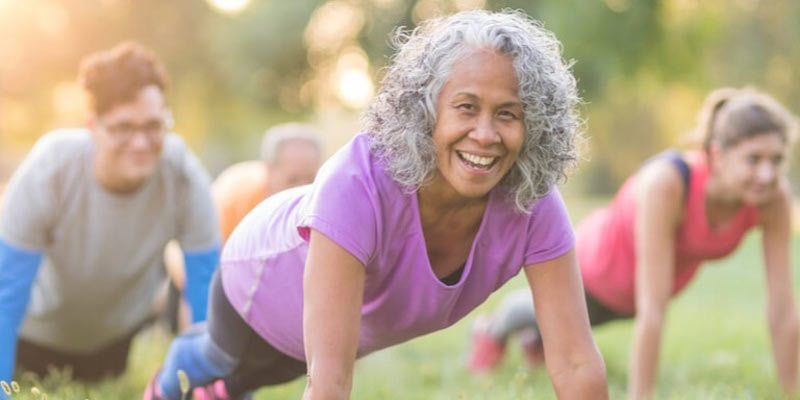
Exercise for Older Adults - Navigating Chronic Conditions

Best Lower Body Superset Workout
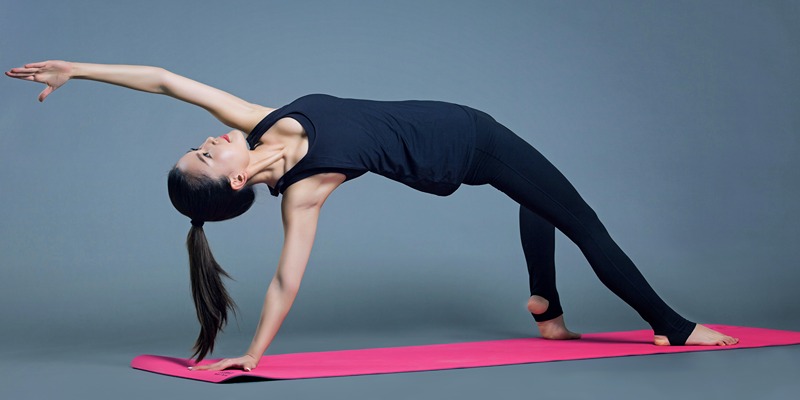
Yoga Fusion: Enhance Your Practice with Exercise Ball Poses
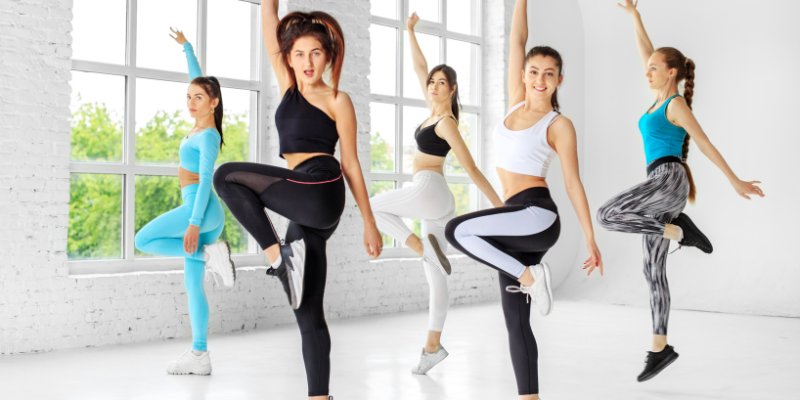
Essential Strength Training for Women Over 50
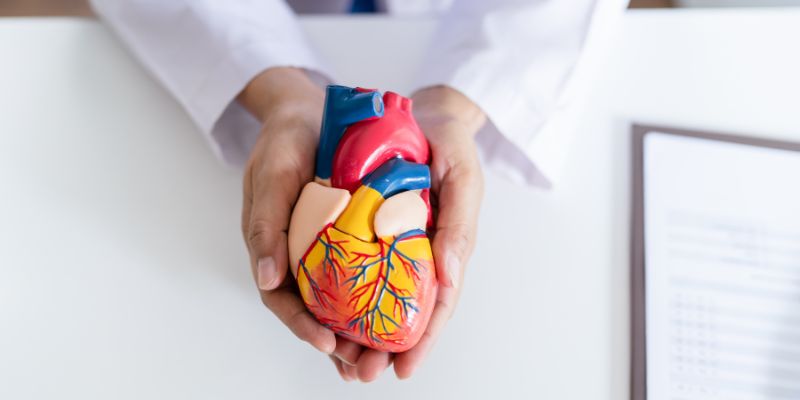
Atrial Fibrillation: Common Causes, Symptoms, Treatment, And More

Liquid Calories: What You Must Know

Cinnamon and Weight Loss: Exploring Myth and Reality

A Possible Reasons For Always Feeling Tired And Their Impacts

Combat Anxiety and Depression Through Physical Activity
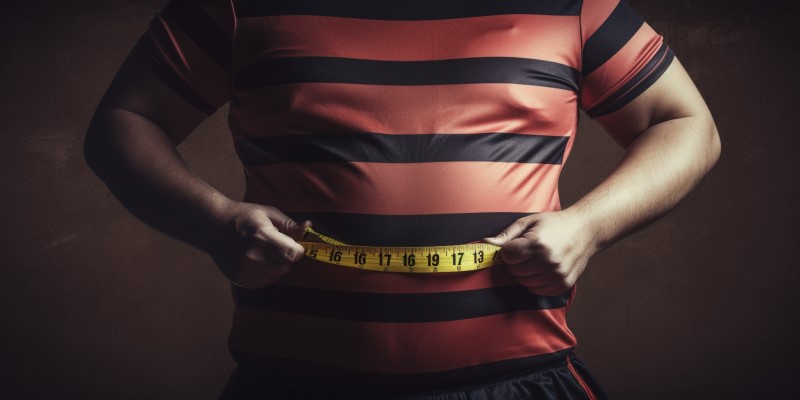
Measurements That Matter: Understanding Waist Circumference for Health

What Causes Tendinitis and How Can You Find Relief?
